Importance of Choosing the Right Car Window Tint for Extreme Weather Conditions
Extreme weather conditions can affect your car’s interior, especially regarding heat, UV rays, and glare. That’s why choosing the best car window tint options for extreme weather is crucial for protecting your vehicle and providing a more comfortable driving experience.
The right window tint can act as a barrier against extreme heat, preventing damage to your car’s interior and reducing the risk of fading, cracking, or warping. It can also block harmful UV rays, which can not only cause damage to the interior but also pose a health risk to you and your passengers.
It can help reduce glare, making driving easier and safer in bright, sunny conditions. This can improve visibility and reduce eye strain, creating a more enjoyable driving experience.
Table of Contents
When selecting a window tint, it’s important to consider the level of heat protection, UV ray blockage, and glare reduction it offers. By choosing the right one for your car, you can ensure that your vehicle is protected from the effects of extreme weather conditions and enjoy a more comfortable ride.

Understanding Window Tint Types
When it comes to choosing window tint for your vehicle, it’s important to understand the different types available and their specific features.
Understanding window the numerous types will help you decide which is best for your needs. From the varying levels of darkness to the different materials used, each type of window tint offers benefits and considerations.
Whether you’re looking for increased privacy, UV protection, or a sleek, customized look for your car, knowing the options available will help you choose the right one.
Different Types of Window Tints are Available in the Market
Several different types of window tints are available in the market, each with unique features and benefits. Best Window Tint Options for Extreme Weather Conditions which are ideal for either very hot or cold climates.
Dyed Window Tinting
Dyed window films for automobiles refer to a type of window film used to darken a car or other vehicle’s windows. This window tinting film consists of a layer of dye applied to the interior of the vehicle’s windows. The purpose of this dye is to absorb and block a certain amount of sunlight from entering the vehicle, providing privacy and reducing the amount of heat and glare that enters the car’s interior.
Dyed film is typically made of multiple layers, with the dye layer sandwiched between a heat-rejection layer and an adhesive layer. The heat-rejection layer blocks and reflects some of the solar energy transmitted through the glass, keeping the car cooler and more comfortable in hot weather. The adhesive layer securely attaches the tint film to the windows, ensuring durability and longevity.
It also provides privacy and reduces heat and glare; dyed can also help protect the car’s interior from fading and damage caused by UV rays.
The dye in the tint film acts as a barrier that filters out harmful UV radiation, which can cause upholstery, dashboards, and other interior components to fade and deteriorate over time. By blocking out a significant portion of UV rays, dye helps preserve the appearance and condition of the car’s interior.
While dyed provides benefits such as privacy and heat reduction, it may not be as effective at heat rejection as other types of window film, such as carbon or ceramic tint.
Dyed is typically the most affordable option and is often chosen for its aesthetic appeal. It offers a sleek and uniform darkened appearance to the vehicle’s windows.
- Benefits: Provides a matte appearance, blocks heat and glare
- Drawbacks: Tends to fade over time, may not offer as much heat rejection
Metalized Car Window Film
Metalized car window film is a type of window tinting film with tiny metallic particles embedded within it. This metallic layer provides several benefits, such as heat rejection, UV ray protection, and glare reduction.
The metalized particles reflect sunlight and heat away from the car’s interior, helping to keep it cooler and more comfortable. This type of window film also provides a sleek, mirrored appearance when installed on car windows.
The metalized layer helps to strengthen the window glass, making it more resistant to shattering in case of accidents or break-ins.
- Benefits: Offers better heat rejection, increases the strength of the glass
- Drawbacks: May interfere with reception for electronic devices, can be more expensive
Carbon Car Window Tint Film
Carbon car window tint film is a type of window film that is made with carbon particles embedded within the film material. This type of film provides several benefits, including heat rejection, UV protection, and glare reduction.
It is commonly used to tint the windows of cars as it helps to keep the interior of the vehicle cooler and protect the occupants from harmful UV rays.
A statistic regarding car window tint film is that it can block up to 99% of UV rays, which can help to reduce the risk of skin cancer caused by excessive exposure to the sun while driving. This statistic highlights the importance of using car window tint film in protecting the health and well-being of individuals inside the vehicle.
- Benefits: Blocks 40-50% of infrared light, does not fade over time
- Drawbacks: Can be more costly, may not be as effective in blocking heat as other options
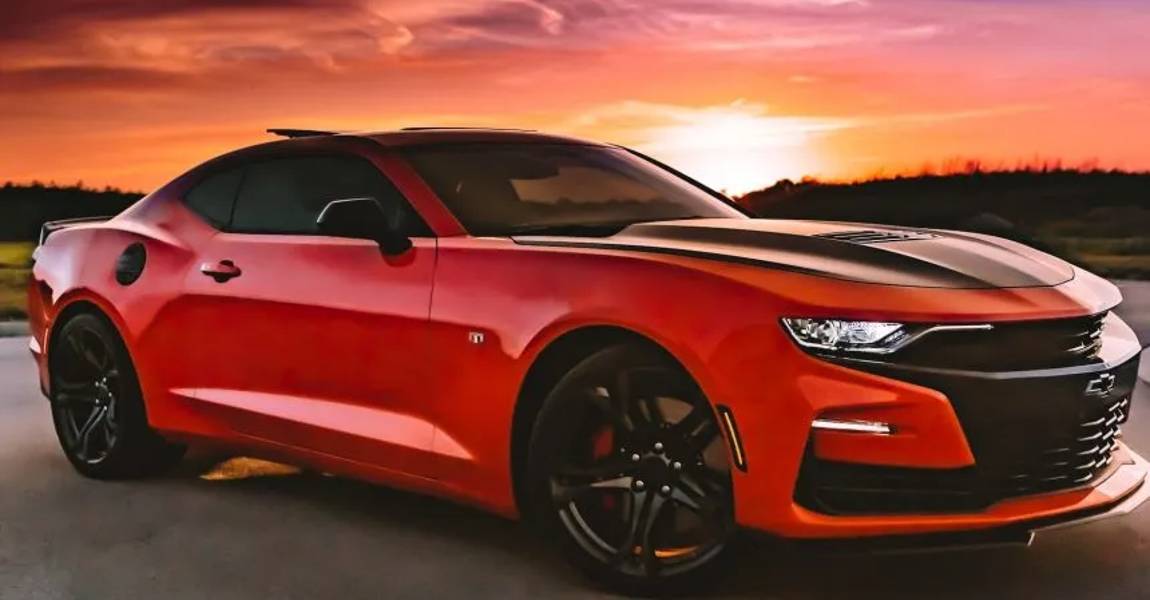
Hybrid Window Tints
Hybrid window tints are a type of tint film that provides excellent protection against hot temperatures. The advantages of using this type of tint film include reducing heat and glare from the sun, improving privacy, and blocking harmful UV rays.
Hybrid window tints are designed to withstand high temperatures and maintain their effectiveness over time, providing a long-lasting solution for those living in hot climate regions. This type of window tint is beneficial for vehicles, homes, and commercial buildings, as it not only enhances comfort but also helps to reduce energy consumption by reducing the need for excessive air conditioning.
- Benefits: Combines the features of dyed and metalized films, provides good heat rejection and UV protection
- Drawbacks: Can be more expensive than other options
What is Crystalline Window Tint?
Crystalline window tint is a type of window film that provides high protection and a tinted appearance. It is designed to reduce the amount of heat and glare that enters a vehicle while also blocking harmful UV rays.
The term “crystalline” refers to the film’s construction, which involves multiple layers of film that are combined to create a highly transparent and durable product.
One of the key features of crystalline window tint is its ability to provide a high level of protection. The film is engineered to block up to 99% of UV rays, which are known to cause skin damage and fading of interior furnishings. Reducing the exposure to UV rays, crystalline window tint helps to protect the occupants of a vehicle or building from the harmful effects of the sun.
Crystalline window tint also offers a tinted appearance to windows. This tinted effect helps to reduce the amount of heat and glare that enters a space, improving comfort levels and reducing the need for excessive air conditioning. Blocking a significant amount of solar heat, the tinted window film helps to maintain a cooler interior environment, leading to energy savings and increased efficiency.
Crystalline window tint provides a protective benefit by strengthening the glass. In the event of an accident or break-in attempt, the film holds the shattered glass together, reducing the risk of injury from flying glass shards. This added layer of protection can deter potential intruders and enhance safety for the occupants.
Crystalline window tint offers a versatile solution for enhancing vehicle comfort, protection, and security. Its combination of high-level protection, tinted appearance, and protective benefits makes it a popular choice for those seeking to improve the performance and aesthetics of their windows.
- Benefits: Offers high optical clarity, blocks a significant amount of infrared light
- Drawbacks: This can be costly and may not offer as much privacy as other types.
Ceramic Car Window Tint Film
Ceramic car window tint film is an excellent option for those looking to enhance their vehicle’s style while also providing maximum protection against harmful ultraviolet (UV) rays.
This type of tint film is made with advanced ceramic particles, which help to deflect sunlight, reduce heat, and block UV radiation.
- Benefits: Provides superior heat rejection, does not interfere with electronic devices
- Drawbacks: It can be one of the most expensive options and may not be as readily available as other types of window tints.
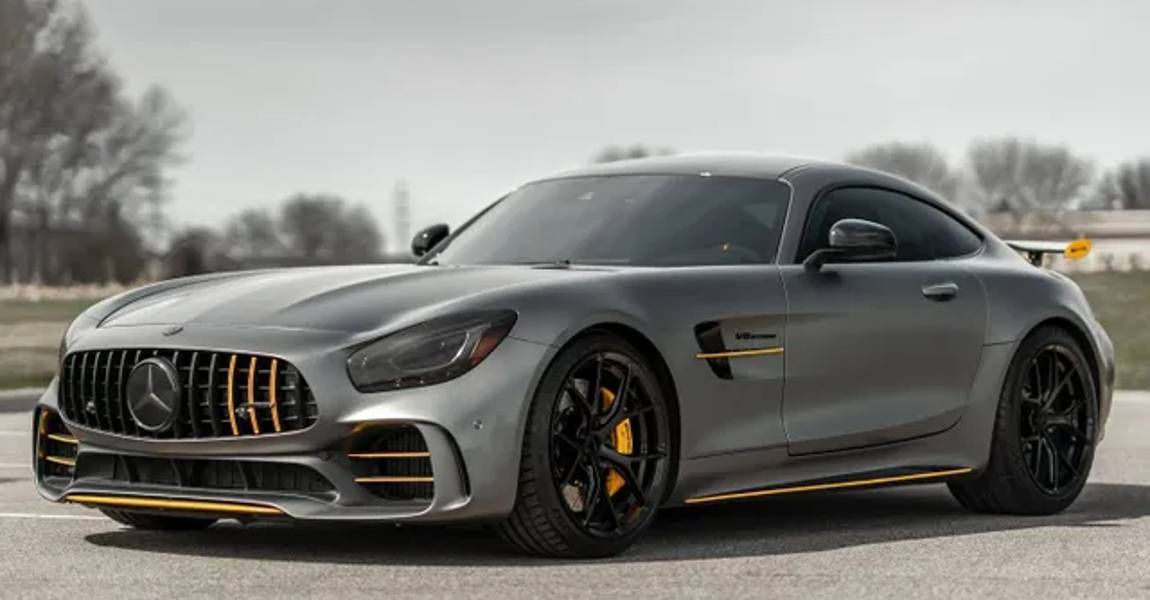
Factors to Consider When Choosing a Window Tint
Several key factors must be considered when choosing:
- It is important to look for one that offers UV protection. This can help protect you and your passengers from harmful UV rays that can cause skin cancer and damage.
- Consider ones that reduce glare to improve visibility and safety while driving.
- Privacy enhancement is also important.
- Temperature control is another crucial factor to investigate when choosing; look for films that offer superior heat rejection to block heat and reduce heat build-up, especially on hot summer days.
- Different shade options are also available, ranging from darker tints to lighter tints, so it’s essential to consider your specific needs and preferences.
- It’s also crucial to consider local window tint laws and regulations to ensure the chosen tint complies with the law. Reflective tints, for instance, may be prohibited in certain areas. Even shade across all windows is essential to maintain a consistent look and avoid potential health risks associated with darker shades.
By carefully considering these factors, you can choose one that provides the desired benefits while complying with local regulations.
How Can Window Tint Improve Energy Efficiency in Extreme Weather Conditions?
Window tinting can improve energy efficiency in extreme weather conditions by reducing heat transfer through windows.
In hot weather, window tinting reflects a significant amount of solar heat away from the building, preventing the interior from becoming too hot and reducing the need for excessive air conditioning. This helps lower energy consumption and reduce cooling costs.
During cold weather, window tint acts as an insulating layer, preventing heat from escaping through the windows. This can help to maintain a comfortable indoor temperature and reduce the reliance on heating systems, thereby saving energy and reducing heating costs.
Reducing the amount of heat transfer through windows, window tinting provides a more stable and comfortable indoor environment regardless of the extreme weather conditions outside. This improves energy efficiency and enhances overall comfort levels for building occupants.
Tips for Choosing an Energy-Efficient Window Tint
1. Consider the Energy Star rating: Look for those certified by Energy Star, as they meet strict energy efficiency criteria. This certification ensures that the tint will block significant UV rays and heat, keeping your car cooler and reducing the need for excessive air conditioning.
2. Check the Visible Light Transmission (VLT) rating: The VLT rating indicates how much light can pass through it. For energy efficiency, choose one with a lower VLT rating, as it will block more sunlight and heat from entering the car.
3. Look for infrared (IR) reflection properties: IR reflection can effectively block heat from the sun, keeping the car’s interior cooler. Look for one with high IR reflection properties to maximize energy efficiency.
4. Opt for high-quality materials: Choose one made from high-quality materials to ensure its longevity and effectiveness. Cheaper tints may provide a different level of energy efficiency and may need to be replaced more frequently.
5. Consider your local weather conditions: If you live in an area with hot summers, prioritize one with higher heat rejection properties. If you experience cold winters, consider one that provides insulation to keep the heat inside the car.
6. Seek professional installation: While DIY window tinting kits are available, it is recommended that they be professionally installed. This ensures that the tinting is applied correctly and maximizes its energy-efficient properties.
7. Research local regulations: Before choosing, familiarize yourself with any local regulations or restrictions regarding darkness or reflectivity. Ensure that the one you choose complies with local laws to avoid any penalties.
Selecting a Durable Window Tint for Extreme Weather Conditions
Selecting a durable one for extreme weather conditions is crucial for several reasons:
1. Protection from harmful UV rays: Extreme weather conditions often come with intense sunlight, exposing passengers and the car’s interior to harmful ultraviolet (UV) rays. A durable one helps block many of these rays, reducing the risk of skin damage and fading upholstery, dashboard, and other interior components.
2. Heat reduction: Extreme weather often means extreme heat. A durable car-tinted window with high heat-rejection properties can significantly reduce the amount of heat entering the car’s interior. This helps keep the cabin cooler, making the driving experience more comfortable, especially during scorching summers.
3. Energy efficiency: A durable tinted window can lessen the workload on the car’s air conditioning system by reducing the heat entering the car. This translates to improved fuel efficiency, as the AC won’t need to work as hard to maintain a comfortable temperature inside the vehicle. Ultimately, this leads to cost savings on fuel expenses.
4. Glare reduction: Extreme weather conditions can cause excessive glare from the sun, snow, or water. This glare can negatively affect visibility and increase the risk of accidents. A durable car-tinted window with glare-reduction properties can significantly improve visibility, allowing drivers to control their vehicles better and reduce eye strain.
5. Shatter resistance: In extreme weather conditions Like storms or hailstorms, objects and debris are likelier to hit the car windows. One with shatter-resistant properties can help hold the glass together in case of impact, reducing the risk of shattered glass particles flying into the car and causing injury to occupants.
6. Privacy and security: Extreme weather conditions can sometimes create circumstances where privacy and security become more critical. This can provide added privacy by making it difficult for outsiders to see into the car. It also deters potential thieves who need help assessing valuable items inside the vehicle.
How Ceramic Particles Enhance Performance and Durability
Ceramic particles are often used in car window tints to enhance their performance and durability. These particles are non-conductive and do not interfere with the car’s electronic systems, which is crucial for maintaining their functionality. Ceramic are excellent at regulating heat, keeping the car’s interior cool and comfortable.
One of the most significant benefits of ceramic tints is their resistance to fading and electronic interference. The ceramic particles help to block out harmful UV rays, which not only protects the car’s interior from fading but also provides a barrier against electronic interference. This makes them ideal for modern cars with sensitive electronic systems.
Compared to other types of tints, ceramics offer superior clarity and maximum UV radiation blocking. They provide exceptional protection from UV rays, heat, and glare, making them an excellent choice for anyone looking to protect their car’s interior and improve driving comfort.
Ceramic are the top choice for those seeking long-lasting, high-performance window tints that offer superior durability, heat regulation, and protection from UV rays.
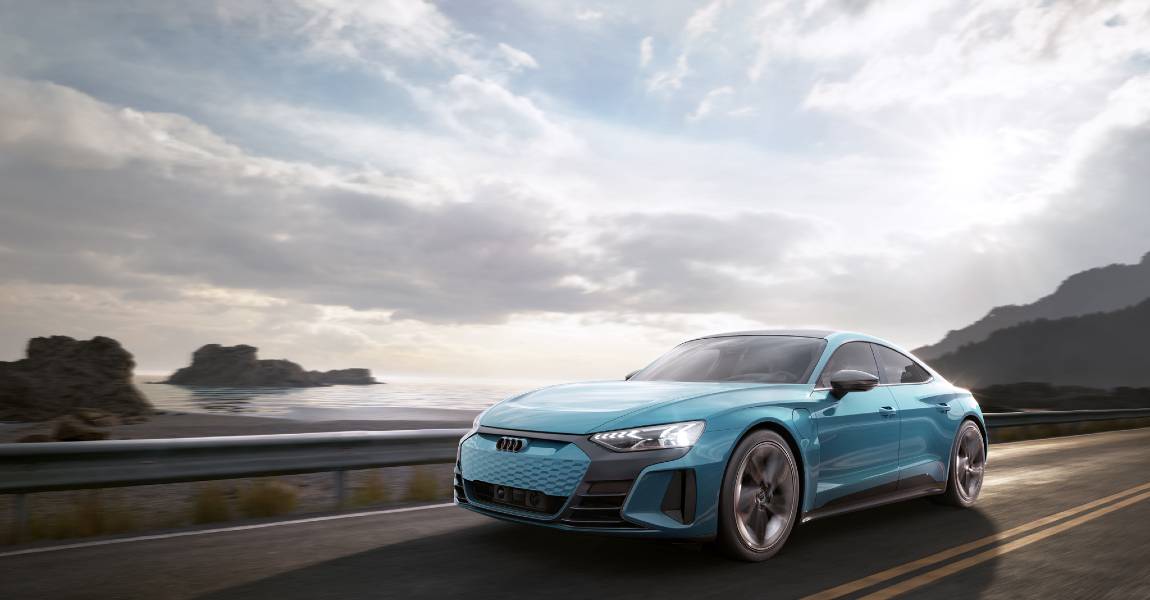
Understanding the Dangers of UV Radiation on Skin and Interiors
UV radiation poses significant dangers to both skin and interiors. Prolonged exposure to UV rays can lead to sunburn, premature aging, and an increased risk of developing melanomas. UV radiation can also cause interior fabrics and vehicle materials to fade over time.
When driving, prolonged sun exposure can lead to specific risks such as sunburn, skin damage, and increased chances of developing skin cancer. The UV rays can also cause discomfort and potential glare, impacting your ability to operate the vehicle safely.
To minimize these risks and protect yourself and your passengers, it is crucial to consider UV protection in car window tints. They are designed to block a significant amount of UV radiation, reducing the potential for skin damage and interior fading. Investing in automotive window tints can create a safer and more comfortable driving experience while minimizing the harmful effects of UV radiation.
Understanding the dangers of UV radiation on skin and interiors are essential for taking proactive measures to protect yourself and others. By prioritizing UV protection in automotive window tints, you can reduce the risks of sun exposure and create a safer driving environments for everyone involved.
FAQ’s
Can Tinted Windows Protect Against Hail?
No, car tinted window cannot protect against hail. Tinting film is designed to provide privacy, reduce glare, and block UV rays, but it does not provide physical protection against hail or other objects that may cause damage to a vehicle.
Will Window Tint Crack or Bubble in Extreme Heat or Cold?
It can crack or bubble in extreme heat or cold conditions.
Does Window Tint Affect Visibility During Heavy Rain or Snow?
It can affect visibility during heavy rain or snow. Still, the extent of the impact depends on several factors – Darkness, quality, Daytime vs. Nighttime, and wiper performance.
How Long Does a Weather-Resistant Window Tint Last?
The lifespan of a weather-resistant window tint can vary depending on various factors, such as the quality, installation, and environmental conditions. Reputable window tint manufacturers often provide warranties that range from 5 to 10 years or even more. It is important to note that the effectiveness and durability of it can be affected by factors such as direct sunlight exposure, extreme temperatures, and harsh weather conditions. Regular maintenance can also extend the lifespan.
Conclusion
In conclusion, when it comes to extreme weather conditions, choosing the right window tint is crucial for maintaining comfort and protection within your vehicle or building.
For hot climates, opting for a high-performance ceramic or nano-ceramic window tint can effectively block out heat and harmful UV rays, keeping the interiors cool and reducing the need for excessive air conditioning.
For cold climates, selecting a window tint with a higher heat retention capability, such as low-emissivity or infrared-reflective films, can help to insulate the space, retaining warmth inside while reducing heat loss.
Understanding the specific weather conditions and considering your environment’s unique needs will allow you to make an informed decision about selecting the best window tint options to ensure optimal comfort and energy efficiency.
To learn more about Best Car Window Tint Options for Extreme Weather Conditions, contact Protech Auto Shield today




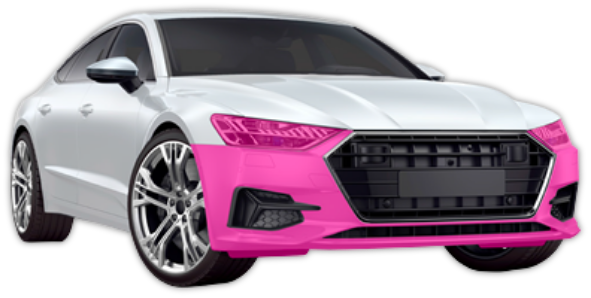
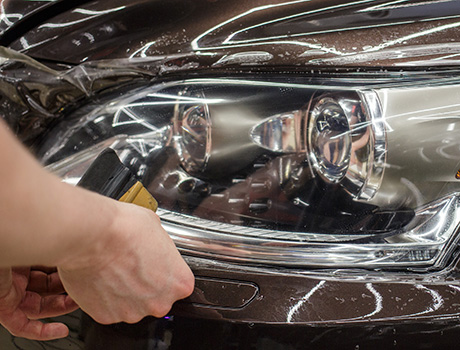
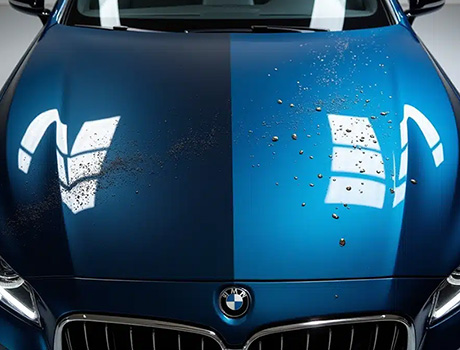
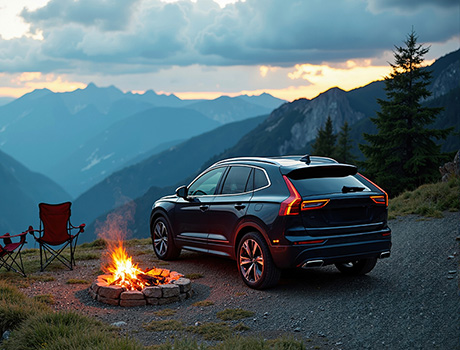
WHAT OUR CLIENTS ARE SAYING